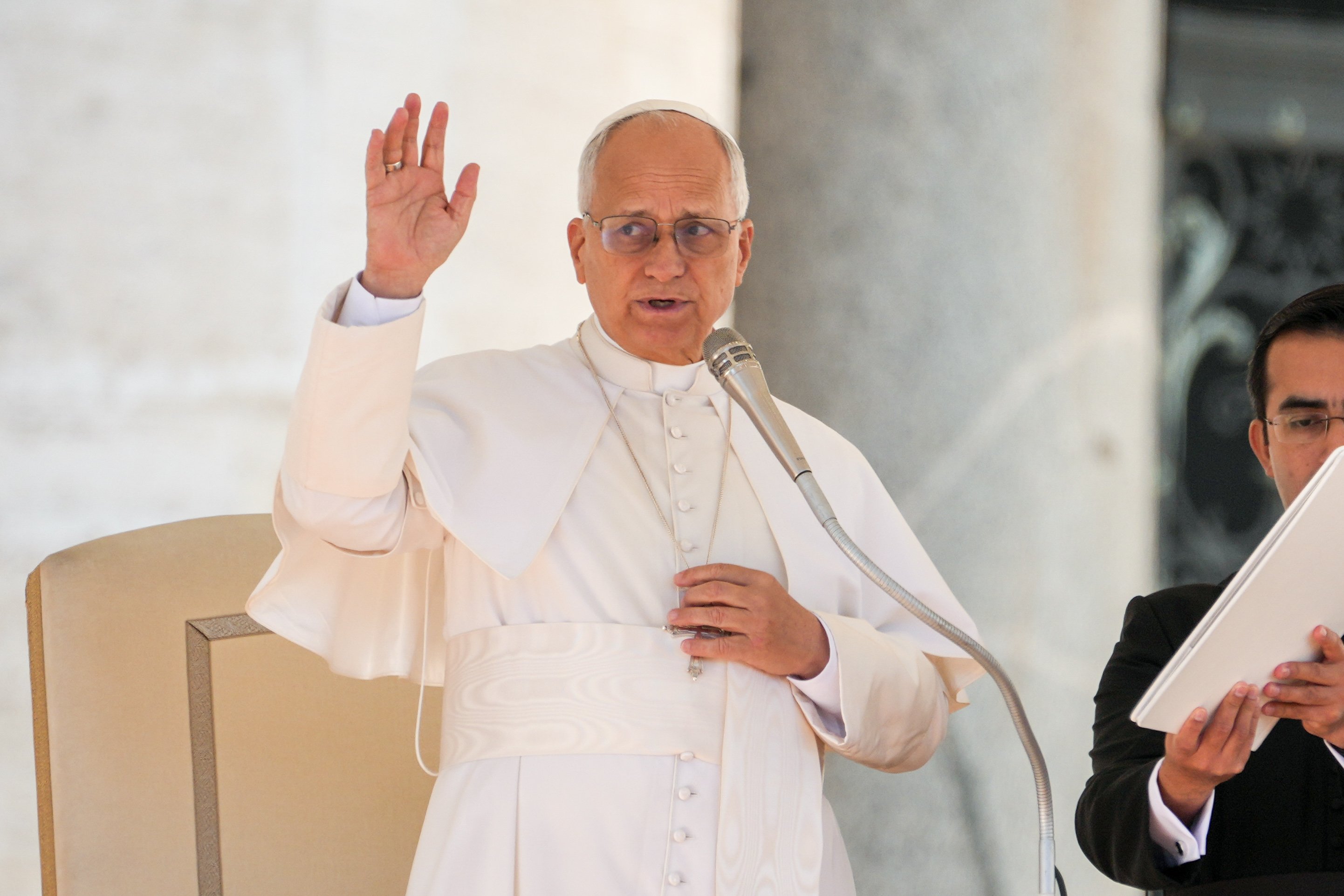April 6, 2018 at 1:53 p.m.
WORD OF FAITH
Risen or resuscitated?
'As yet they did not understand the scripture, that he must rise from the dead.' John 20:9
On Easter Sunday, a day of all days, it's important we understand the difference between resurrection and resuscitation.
In the Christian Scriptures, Jesus of Nazareth is the only person who rises from the dead. Lazarus, the widow Nain's son, Jairus' daughter and Dorcas are resuscitated: Though they had been declared clinically dead, when Jesus (or Peter) brings them back to life, they continue to be the same persons they'd been before; they possess the same DNA, look the same, have the same likes.
The undisputed proof these four were resuscitated and not raised is that each of them eventually died again. When someone rises (or is raised) from the dead, he or she becomes what Paul refers to as a "new creation." He demonstrates this in Galatians 3.
At 3:00 on Good Friday afternoon, Paul presumes a free, Jewish man died on Jerusalem's Golgotha hill - but the person who came from the tomb on Easter Sunday was just as much enslaved as free, as much a Gentile as a Jew, and as much a woman as a man.
Resurrection brings a complete transformation - and, unlike the resuscitated, the raised never die again.
More than ordinary
The "new creation" aspect of resurrection is one of the reasons our sacred authors are guilty of so much disparity and so many contradictions when they write about the risen Jesus. He defies being squeezed into recognizable categories. We're dealing with someone who goes far beyond our ordinary human experiences.
Yet Luke, Paul and John - the authors of today's three readings - take for granted that anyone reading their works has already come into contact with the risen Jesus in his or her life.
Luke (Acts 10:34a, 37-43) says that expressly when he talks about those who proclaim the faith to others: "This man God raised on the third day and granted that he be visible not to all the people, but to us, the witnesses chosen by God in advance, who ate and drank with him after he rose from the dead."
As we know from chapter 11 of Paul's first letter to the Corinthians, the "eating and drinking" Luke mentions in our Acts reading probably refers to the Eucharist. It's in that action that the risen Jesus becomes most present.
New reality
But even in chapter 5 (I Cor 5:6b-8), the Apostle demands we create an entirely new way of looking at reality. Except for Jesus' mini-parable about the woman burying a small amount of yeast in her dough, biblical authors always equate yeast with bad stuff.
Paul talks about it being "malice and wickedness." Those who follow the risen Jesus will only experience Him if they replace old yeast with "sincerity and truth" - completely change their value systems.
John's empty tomb narrative (John 20:1-9) contradicts his predecessors' narratives. But John, like Mark, Matthew and Luke, also presumes his readers already believe Jesus has risen. His goal isn't to pass on the facts; he's much more concerned with making certain we know the implications of the event.
The evangelist tells us that even though we hear the word of others (Mary of Magdala) on the subject, we still have to go to the tomb ourselves and eventually reach a point where we begin to believe. Perhaps one reason some of us have yet to encounter the risen Jesus is because we're looking for someone who doesn't exist: a resuscitated Jesus.[[In-content Ad]]
SOCIAL MEDIA
OSV NEWS
- Dig deep and work patiently to keep church on solid foundation, pope says
- Portland archbishop on ICE: Human dignity comes from God, not government
- Christian hope shows the earth can resemble heaven, pope says
- Washington Roundup: Election shifts; Venezuela vote; transgender passports, and more
- Novel highlights power of art and music as a salve to troubled humanity
- Supreme Court sides with Trump administration to temporarily block full funding for SNAP
- Former diocesan fundraising director indicted on wire fraud for alleged 6-figure theft
- Love is key to church’s mental health ministry, says bishop who lost family to suicide
- Caring for creation is part of peacemaking, pope tells COP30
- Security for Syria’s religious minorities is disastrous, say religious freedom advocates







Comments:
You must login to comment.